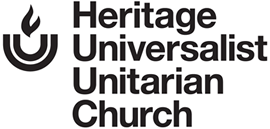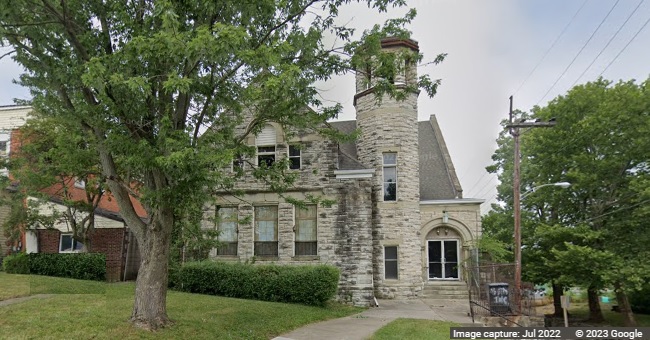by Mike Roberts, Church Historian
Our church membership was in a deep quandary in the early 1960’s deciding what the future of the congregation might be. A number of issues were challenging the continued existence of the First Universalist Church of Cincinnati. Many of these issues centered on whether to move from the Essex Place location. A study conducted and reported by Don Steelman in 1962 had come to the conclusion that a move from the Essex Place location was in the best interest of the church. The majority of the membership opposed such a move. Thus, in 1963, a further study was conducted by Cameron Foster, Muriel Steelman and Mrs. Morris Gordon to determine what short term solutions might be employed to strengthen the church.
Among the issues facing the church were: (1) Stagnant membership. By 1963 the number of members of the church stood at 86. That number had stayed roughly at the same level since the merger with the New Thought Temple. However, one alarming figure was the low number of children in the church. The report noted that only 14 children attended regularly and these were spread across all ages. Because of the few children at each educational level, no children’s program was offered. (2) Decline of the Walnut Hills neighborhood. There was a feeling expressed as early as the 1940’s that it would be difficult for the church to prosper in a neighborhood that was declining economically. Rev. George Thorburn in 1947 sent a strongly worded letter to his congregation urging an immediate move from the Essex location. (3) Competition from First Unitarian Church only six blocks away. Potential new members saw two advantages to First Unitarian over our church. One was their having an on-site parking lot. First Universalist could only offer on-street parking. The other was the existence of an active children’s program. (4) The possibility that the church would be taken by the county for the construction of an off ramp from I-71 onto William Howard Taft Drive. (5) The lack of a parsonage. The church had used an apartment above the Broadwell School annex as a parsonage for years but beginning with ministers in the 1930’s, the apartment was not used for that purpose but rather was rented out. Our ministers had to seek housing elsewhere, usually in the neighborhood. (6) Committee attendance and membership were both floundering.
The study done in 1963 was to offer pragmatic solutions because the church membership as a whole was strongly opposed to moving to a new location. They made suggestions for eleven measures which might help to bolster church membership and strength. These were:
- Repaint the auditorium.
- Remove the outside church sign, which had badly deteriorated.
- Repair the church tape recorder.
- Develop more effective ways of raising funds from the membership. This should include an every member canvass and quarterly reports to members regarding their payment status.
- Find a volunteer to serve as the church historian.
- Form a committee to actively plan for the once-a-month family dinners.
- Follow each Sunday service with a coffee hour that includes a “talk back” session.
- Develop a better arrangement for displaying mimeographed sermons. Also, more Unitarian/Universalist materials should be obtained and made readily available.
- Sell the Broadwell School if the church remains in the Essex building.
- Deed our church properties to the denomination. This is the only way to protect monies given by Universalists for the purposes of liberal religion. Thus, in case of dissolution of the First Universalist Society, the estate could be kept for distribution to other churches of the denomination in the area. Otherwise, these monies might be lost to unintended purposes.
- Devote further time to the development of church activities. A polling of church members indicated that there is a lack of activities in the church. A book group seems to be the highest priority.
Image: Essex Place Church (former building of the First Universalist Church of Cincinnati)

